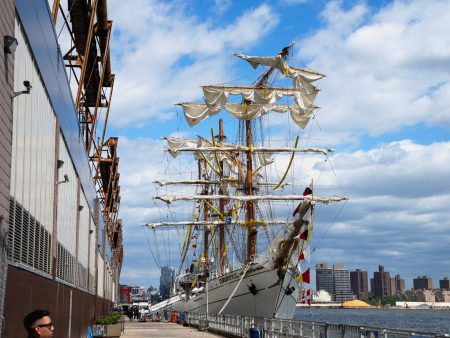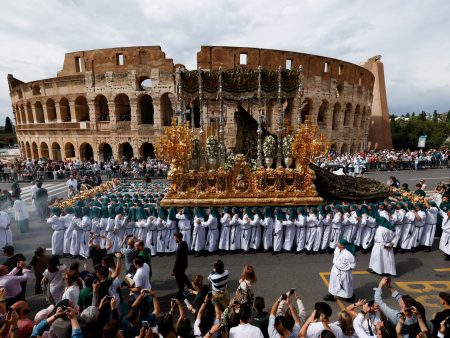The Rio Negro, one of the largest rivers in the world, has experienced a record low water level amid drought and wildfires. The depth of the river reached 12.66 metres, the shallowest recorded since measurements began in 1902. Researchers in Manaus fear that water levels may continue to drop as the dry season persists through October. The Rio Negro is a major tributary of the Amazon River, draining over 10 percent of the water in the Amazon basin. It is also the world’s largest blackwater river, with dark currents due to decaying plant matter. Widespread drought in the Amazon has led to environmental and economic crises, with riverbeds drying up and aquatic animals stranded.
Scientists believe that climate change has worsened the usual dry-season conditions in the Amazon, leaving riverbeds dry and boats stranded. Some experts predict that the Rio Negro could drop below 12 metres before the end of the month, surpassing the previous record low set last year. Other tributaries of the Amazon, such as the Solimoes River, have also seen historically low water levels. This drought poses a threat to the more than 40 million people living in and around the Amazon who rely on the waterways for drinking water, transportation, bathing, and food. Businesses and communities situated along the Rio Negro have been devastated, with residents facing shortages of basic food items.
Residents in the Amazon region are experiencing a humanitarian crisis as the drought worsens. Freshwater dolphins have been found dead along riverbanks due to stress from the lack of water. The Amazon rainforest has also been struggling with below-average rainfall and man-made fires, leading to disruptions in the tropical biome. As much as 59 percent of Brazil is currently affected by the drought, with Ana Paula Cunha, a researcher at the National Center for Monitoring and Early Warning of Natural Disasters, stating that this is the most intense and widespread drought in the country’s history. The ongoing drought has impacted communities, wildlife, and businesses that rely on the rivers and waterways for their survival.
The situation in the Amazon highlights the urgent need for action to address climate change and its devastating impacts on the environment and communities. The severe drought and record-low water levels in the Rio Negro and other tributaries threaten the livelihoods and well-being of millions of people who depend on these waterways. Efforts to mitigate the effects of climate change, such as reducing greenhouse gas emissions and implementing sustainable water management practices, are crucial to safeguarding the Amazon region and its inhabitants. The current crisis serves as a stark reminder of the importance of taking immediate and decisive action to protect our planet and its precious ecosystems. The international community must work together to address the root causes of climate change and protect vulnerable regions like the Amazon from further devastation. By investing in sustainable solutions and working collaboratively, we can help prevent future crises and ensure a brighter future for generations to come.















